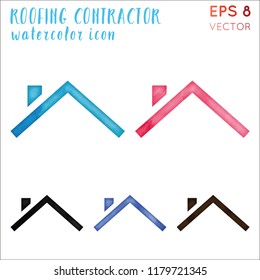Check Out The Function Of Seasonal Factors In The Success Of Industrial Exterior Paint And Uncover The Very Best Times To Secure Enduring Outcomes For Your Project
Check Out The Function Of Seasonal Factors In The Success Of Industrial Exterior Paint And Uncover The Very Best Times To Secure Enduring Outcomes For Your Project
Blog Article
Short Article Writer-Fox Whalen
When you're intending an industrial outside painting job, seasonal aspects can make or break your results. You'll want to think about how temperature and moisture impact paint application and drying out times. Selecting the best season can ensure your paint sticks appropriately and lasts longer. Yet which seasons are really the most effective for this type of job? Let's discover the key elements that can influence your task's success.
The Impact of Temperature Level on Paint Application
When you're preparing an industrial external painting job, the temperature level can dramatically impact just how well the paint adheres and dries out.
Preferably, you want to paint when temperatures vary between 50 ° F and 85 ° F. If it's also cold, the paint might not cure properly, causing issues like peeling or fracturing.
On pop over here , if it's too hot, the paint can dry out also quickly, stopping proper attachment and resulting in an unequal surface.
You must also consider the moment of day; early morning or late afternoon offers cooler temperature levels, which can be more beneficial.
Constantly check the supplier's referrals for the specific paint you're using, as they often provide advice on the perfect temperature level array for optimal results.
Humidity and Its Impact on Drying Times
Temperature level isn't the only environmental factor that influences your industrial exterior paint project; moisture plays a significant role as well. High humidity levels can reduce drying times significantly, affecting the total high quality of your paint task.
When the air is filled with dampness, the paint takes longer to heal, which can cause problems like poor adhesion and a greater risk of mildew growth. If you're painting on an especially moist day, be gotten ready for extensive delay times between coats.
It's essential to monitor local weather and strategy appropriately. Preferably, aim for moisture degrees in between 40% and 70% for ideal drying out.
Keeping these consider mind guarantees your task stays on track and provides a long lasting finish.
Best Seasons for Commercial Outside Painting Projects
What's the very best time of year for your business exterior painting projects?
Spring and very early loss are typically your best bets. Throughout these periods, temperature levels are moderate, and humidity degrees are often reduced, developing optimal conditions for paint application and drying.
Stay https://jaredteowe.blogitright.com/34567919/belongings-recommendations-for-effective-partnership-with-house-painters of summer's intense heat, which can create paint to dry as well swiftly, bring about poor attachment and finish. Likewise, winter months's cold temperature levels can impede appropriate drying and healing, risking the longevity of your paint work.
Aim for days with temperatures in between 50 ° F and 85 ° F for optimal outcomes. Keep in mind to examine the local weather forecast for rain, as wet problems can ruin your job.
Planning around these variables guarantees your paint task runs smoothly and lasts longer.
Final thought
In conclusion, intending your industrial exterior paint jobs around seasonal factors to consider can make a considerable distinction in the result. By organizing work during the ideal temperatures and humidity levels, you'll guarantee better adhesion and drying out times. Keep in mind to watch on regional weather prediction and select the correct time of year-- springtime and very early fall are your best options. Taking these steps will certainly help you accomplish a durable and specialist finish that lasts.
